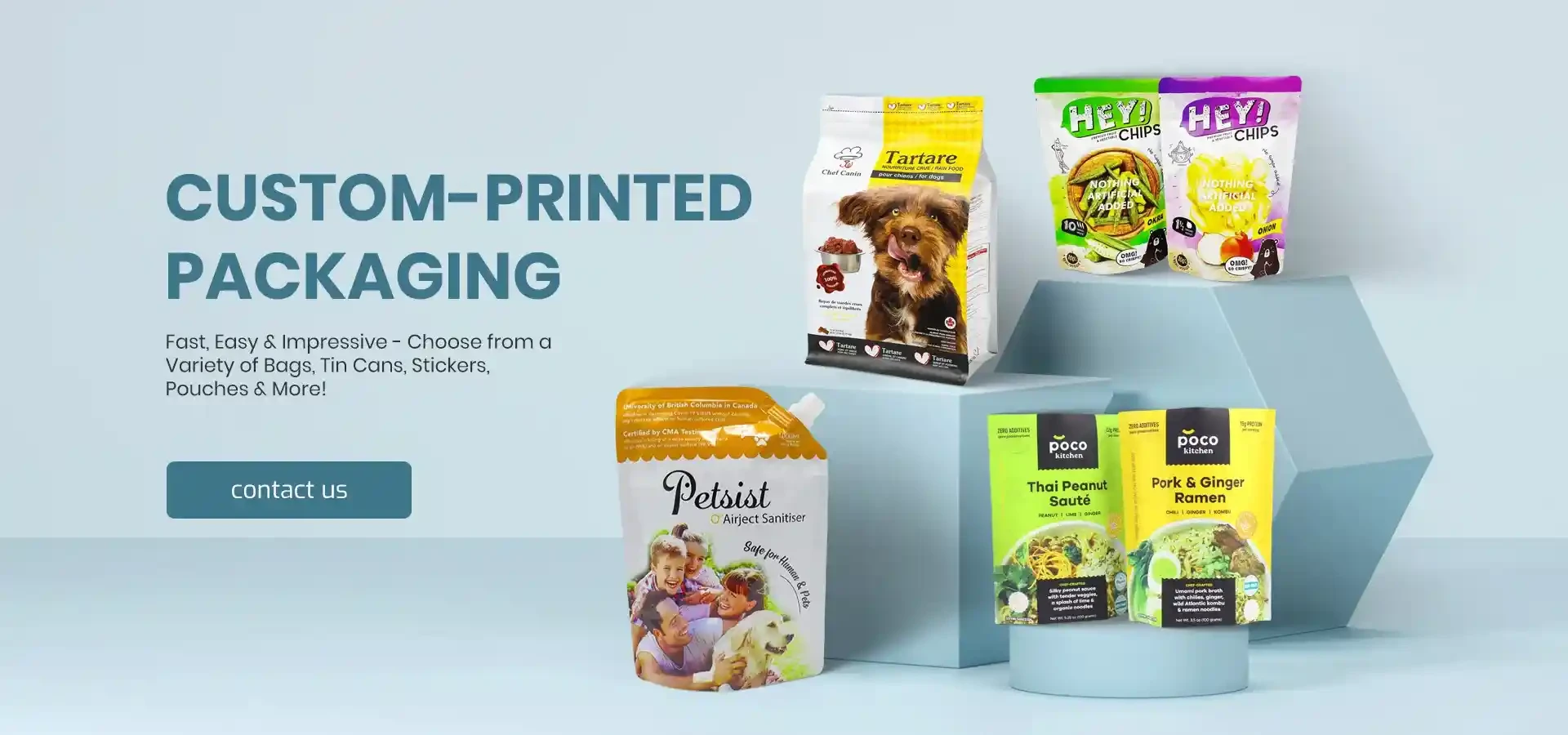- Afrikaans
- Albanian
- Amharic
- Arabic
- Armenian
- Azerbaijani
- Basque
- Belarusian
- Bengali
- Bosnian
- Bulgarian
- Catalan
- Cebuano
- chinese_simplified
- chinese_traditional
- Corsican
- Croatian
- Czech
- Danish
- Dutch
- English
- Esperanto
- Estonian
- Finnish
- French
- Frisian
- Galician
- Georgian
- German
- Greek
- Gujarati
- haitian_creole
- hausa
- hawaiian
- Hebrew
- Hindi
- Miao
- Hungarian
- Icelandic
- igbo
- Indonesian
- irish
- Italian
- Japanese
- Javanese
- Kannada
- kazakh
- Khmer
- Rwandese
- Korean
- Kurdish
- Kyrgyz
- Lao
- Latin
- Latvian
- Lithuanian
- Luxembourgish
- Macedonian
- Malgashi
- Malay
- Malayalam
- Maltese
- Maori
- Marathi
- Mongolian
- Myanmar
- Nepali
- Norwegian
- Norwegian
- Occitan
- Pashto
- Persian
- Polish
- Portuguese
- Punjabi
- Romanian
- Russian
- Samoan
- scottish-gaelic
- Serbian
- Sesotho
- Shona
- Sindhi
- Sinhala
- Slovak
- Slovenian
- Somali
- Spanish
- Sundanese
- Swahili
- Swedish
- Tagalog
- Tajik
- Tamil
- Tatar
- Telugu
- Thai
- Turkish
- Turkmen
- Ukrainian
- Urdu
- Uighur
- Uzbek
- Vietnamese
- Welsh
- Bantu
- Yiddish
- Yoruba
- Zulu
cardboard food packaging
The Rise of Cardboard Food Packaging An Eco-Friendly Solution
In recent years, the food packaging industry has witnessed a significant shift towards more sustainable materials, with cardboard emerging as a frontrunner in this movement. As environmental concerns continue to mount due to plastic waste, cardboard food packaging is being recognized not only for its eco-friendly properties but also for its practicality and cost-effectiveness. This article explores the rise of cardboard food packaging, its advantages, and its impact on the food industry.
Understanding Cardboard as a Packaging Material
Cardboard is a versatile material made from wood pulp, which is primarily sourced from trees. It is created through a process that compresses several layers of paper together, forming a thick, strong structure that can be easily molded into various shapes. Unlike traditional plastic packaging, cardboard is biodegradable, recyclable, and made from renewable resources. This characteristic makes it an attractive alternative for brands seeking to reduce their carbon footprint.
Environmental Benefits
One of the most compelling reasons for the rise of cardboard food packaging is its reduced environmental impact. According to the Environmental Protection Agency (EPA), about 27 million tons of plastic end up in landfills every year, where it can take hundreds of years to decompose. In contrast, cardboard breaks down naturally within a few months under suitable conditions. Furthermore, cardboard packaging is often made with a high percentage of recycled materials, which reduces the demand for virgin resources and conserves energy during production.
By using cardboard instead of plastic, food companies can position themselves as responsible corporate citizens, appealing to eco-conscious consumers who are increasingly making purchasing decisions based on sustainability. This shift not only aligns with global efforts to reduce plastic pollution but can also enhance brand loyalty and attract new customers.
Practical Advantages of Cardboard Packaging
In addition to its environmental benefits, cardboard packaging offers numerous practical advantages that make it ideal for food products. Cardboard is lightweight, making it cost-effective for shipping and distribution. Moreover, it is strong enough to protect food items during transit while being flexible enough to allow for creative packaging designs.
cardboard food packaging

This adaptability is particularly important for food businesses looking to differentiate their products in a crowded market. Custom designs, eye-catching graphics, and branding can be easily printed on cardboard, offering companies the opportunity to enhance their marketing efforts. With the rise of e-commerce, the protective yet lightweight nature of cardboard packaging is particularly beneficial for companies shipping food directly to consumers.
Challenges and Innovations
Despite its many advantages, cardboard food packaging is not without its challenges. One of the primary concerns is moisture resistance, as food products can often be exposed to liquids during storage or consumption. However, innovative solutions have emerged in recent years, such as the development of biodegradable coatings and treatments that enhance the moisture barrier properties of cardboard. These advances enable cardboard packaging to maintain its integrity while still being environmentally friendly.
Additionally, there are ongoing discussions about the recycling process for cardboard that has been contaminated by food. This challenge is being addressed through initiatives focused on improving collection systems and recycling technologies that allow for the effective processing of used food packaging.
The Future of Cardboard Food Packaging
Looking ahead, the future of cardboard food packaging appears promising. As more food producers recognize the importance of sustainability, we can expect an increasing number of companies to adopt eco-friendly packaging solutions. Governments and regulatory bodies are also placing greater emphasis on reducing plastic waste, which will further encourage the adoption of cardboard packaging.
Moreover, consumer preferences are shifting towards products that prioritize environmental responsibility. Brands that embrace cardboard packaging can capitalize on this trend, setting themselves apart as leaders in sustainability while contributing to a healthier planet.
Conclusion
The rise of cardboard food packaging represents a significant step forward in the quest for sustainable solutions in the food industry. With its environmental benefits, practical advantages, and potential for innovation, cardboard is well-positioned to replace traditional plastic packaging in many applications. As consumers, businesses, and governments increasingly prioritize sustainability, cardboard food packaging is set to play a key role in shaping a greener future for food distribution and consumption. By embracing this eco-friendly alternative, we can contribute to a cleaner environment while still enjoying the convenience and safety of well-packaged food products.













